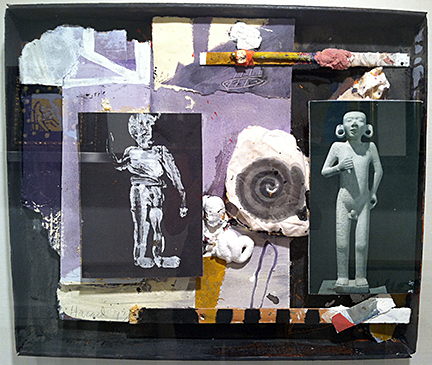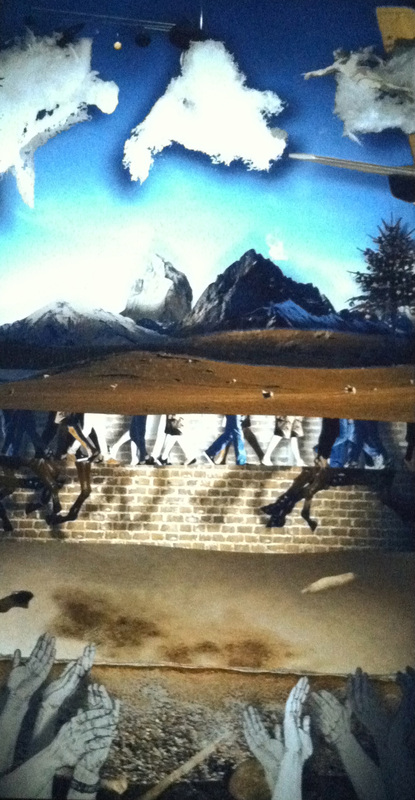The Artist and New Forms of Media
Santa Fe, New Mexico
|
For centuries artists have been creating two-dimensional and three-dimensional work in order to express themselves, tell a story, or create an expressive object. Artists have used the materials available to them in order to better materialize their vision.
Through the use of photography, cinema, computer generated art, and video, to name a few, artists and experimenters are attempting to push the boundaries of visual representation and create "an aesthetic of interactivity and immersivity."(1) I am interested in works of art that portray, as Dewey describes, art that is not remote from ordinary life. It seems to me that the mediums available to artists today can layer upon each other like a living and changing collage, and affect multiple senses making people active participants and not just viewers of art. I hope it will always include paintings and photography and other more traditional mediums, but it is exciting to live in a time when experimentation with new art forms are giving artists new ways to express themselves and their ideas. |
"In order to understand the esthetic in its ultimate and approved forms, one must begin with it in the raw; in the events and scenes that hold the attentive eye and ear of man, arousing his interest and affording him enjoyment as he looks and listens: the sights that hold the crowd--the fire-engine rushing by; the machines excavating enormous holes in the earth; the human-fly climbing the steeple-side; the men perched high in air on girders, throwing and catching red hot bolts. The sources of art in human experience will be learned by him who sees how the tense grace of the ball-player infects the onlooking crowd; who notes the delight of the housewife in tending her plants, and the intent interest of her goodman in tending the patch of green in front of the house; the zest of the spectator in poking the wood burning on the hearth and in watching the darting flames and crumbling coals." -- John Dewey (2) 1. Luc Courchesne, Experiential Art: Case Study
2. Dewey, J. (2005). Art as experience. New York, NY: Perigee |

